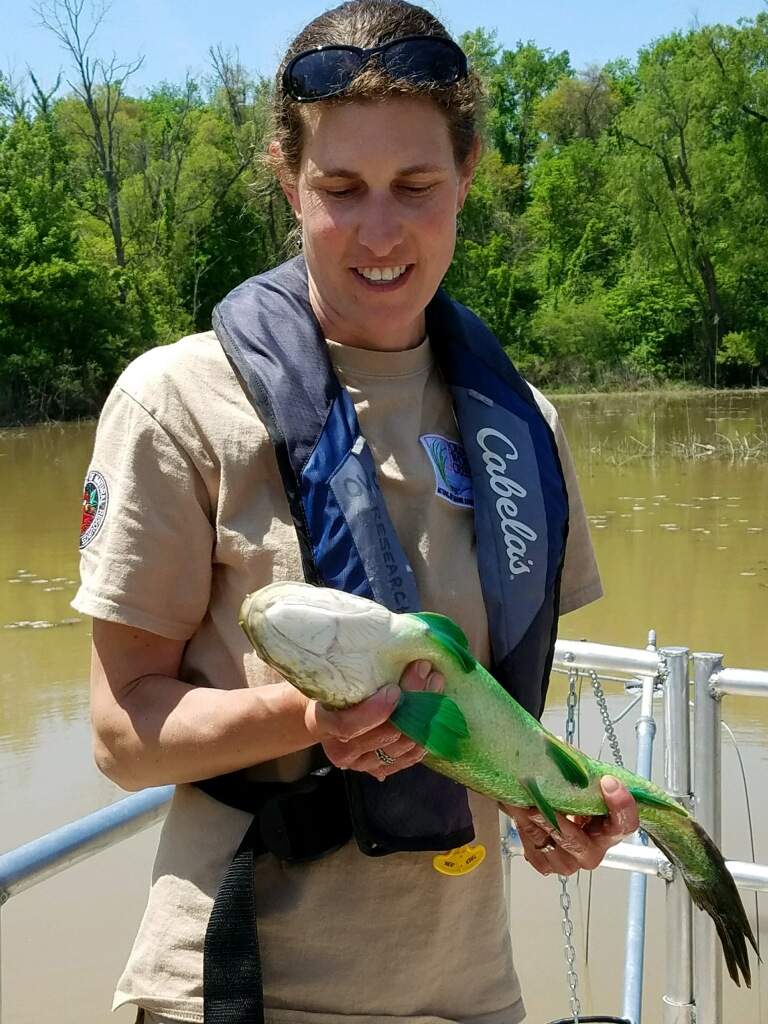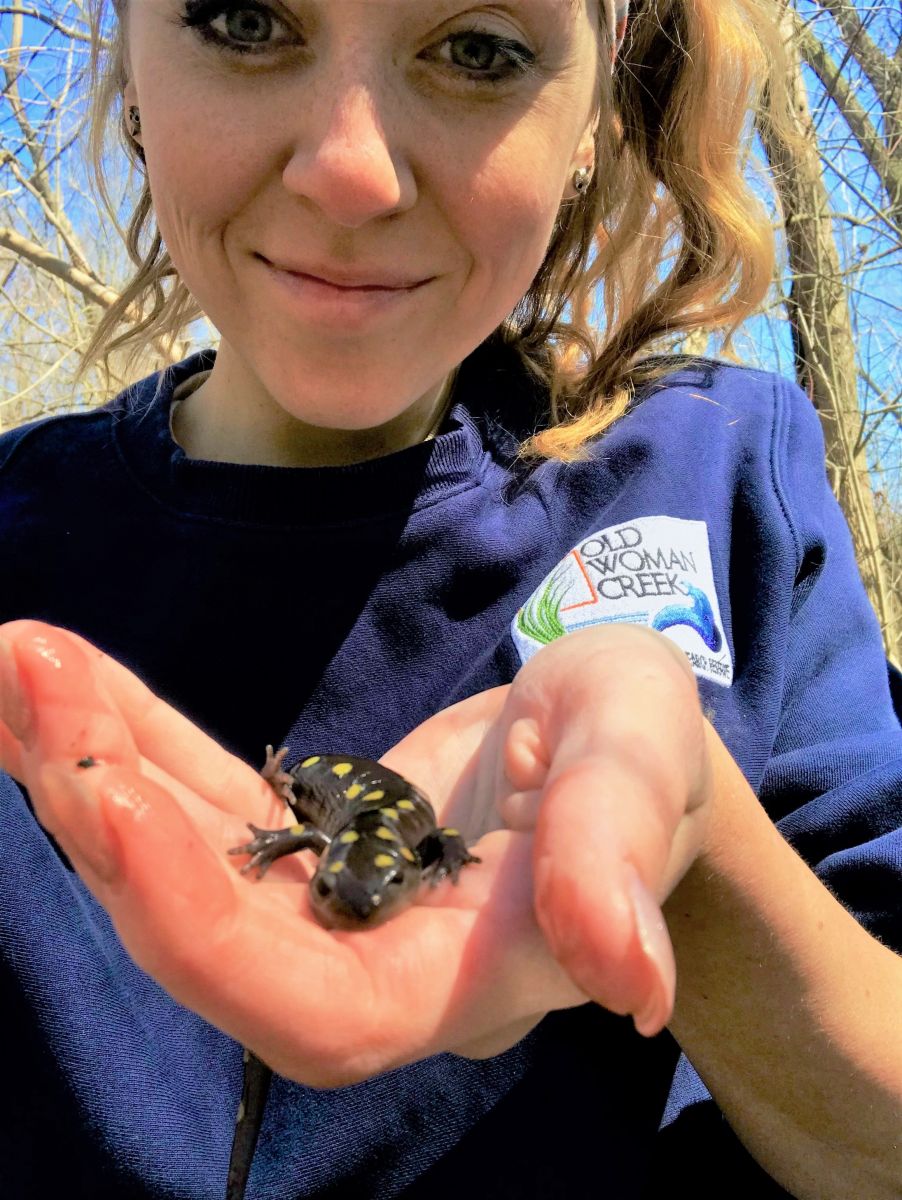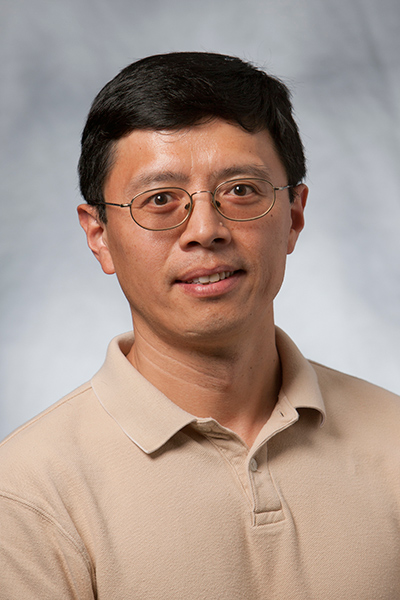- Watch: Full Session Recording (YouTube)
- Download: Webinar Brief
Just how much phosphorus can a wetland absorb and retain over the long run? That’s the question that researchers spent two years investigating as part of an effort to reduce the phosphorus loading that is fueling algal blooms in Lake Erie. A research team from Old Woman Creek Reserve and the University of Toledo developed a Bayesian hierarchical modeling approach to calculate the phosphorus retention capacity of wetlands with limited datasets.
In this webinar, the team shared some of their key findings and the management implications, and explained how other practitioners could use their monitoring guide and statistical codes to calculate the nutrient retention capacity of their wetlands. In addition to taking audience questions, the team offered some ideas about how their work informed an ambitious water quality initiative in Ohio. To learn more, visit the team’s project page.
Learn more about speakers
 | Kristi Arend, PhD is the Research Coordinator at Old Woman Creek Reserve, where she has overseen the implementation and onsite expansion of the System-wide Monitoring Program and has collaborated on projects related to wetland nutrient dynamics, shoreline development, and the impacts of Lake Erie water level change on wetland ecosystem indicators. As lead for this Science Collaborative project, Kristi coordinated the research team, helped analyze a long term record of TP flowing into and out of her reserve’s wetlands, and led the development of monitoring protocols. | |
 | Emily Kuzmick is the Coastal Training Program Coordinator at the Old Woman Creek Reserve, where she works with environmental professionals to provide training and technical assistance relating to stormwater and nutrient management, land-use practices, species and habitat monitoring, shoreline erosion control solutions, and other identified Great Lakes coastal issues. As Collaborative Lead for this project, Emily facilitated Project Team meetings and a Collaborative Learning Group composed of wetland management professionals to provide feedback on the project methods, results, and communication products. | |
 | Song Qian, PhD is an Associate Professor in University of Toledo’s Department of Environmental Sciences. He is an expert in environmental and ecological statistics, particularly the applications of Bayesian statistics which he has applied to a range of issues including phosphorus retention in the Everglades wetlands. As part of this project, Song led the statistical analyses of wetland datasets, assisted in creating the monitoring guidelines and protocol, and recruited and supervised students. | |
Learn more about related project: Quantifying Nutrient Retention by Lake Erie Coastal Wetlands